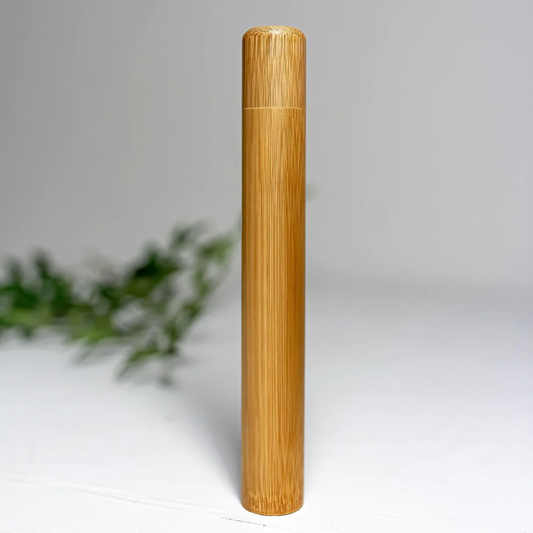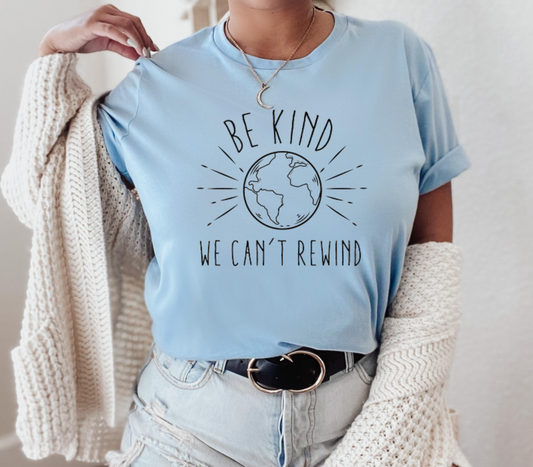In today's fast-paced world of fashion, trends come and go faster than ever before. Thanks to the rise of fast fashion, clothing has become more accessible and affordable than at any other point in history. But beneath the glitz and glamour of runway-inspired designs and bargain-bin prices lies a hidden cost that the fashion industry often fails to acknowledge: the severe environmental impact of fast fashion. In this blog post, we'll delve into the detrimental effects of fast fashion on our planet and offer insights on how you, as a conscious consumer, can make more sustainable clothing choices.
The Dark Side of Fast Fashion
Fast fashion refers to the rapid production and mass marketing of inexpensive, trendy clothing that is designed to be worn briefly and then discarded. While this approach has made it easier for consumers to keep up with ever-changing fashion trends, it comes at a steep price for the environment:
-
Excessive Resource Consumption: Fast fashion relies on the overconsumption of natural resources, such as water and energy, to produce garments quickly and inexpensively. Textile production is known to be one of the most polluting industries globally.
-
Waste Generation: The constant cycle of producing and disposing of cheap clothing has led to mountains of textile waste. Many of these garments are made from synthetic materials that do not biodegrade easily.
-
Chemical Pollution: The use of toxic chemicals in textile dyeing and finishing processes has resulted in water pollution, harming aquatic ecosystems and the communities that depend on clean water sources.
-
Poor Labor Practices: To cut costs, fast fashion brands often outsource manufacturing to low-wage countries, where workers endure unsafe conditions and earn minimal wages.
-
Shorter Lifespan: The poor quality of fast fashion items means they have a shorter lifespan, leading to more frequent purchases and, consequently, more waste.
How to Make Sustainable Clothing Choices
Now that we've highlighted the environmental consequences of fast fashion, let's explore how you can make more sustainable clothing choices:
-
Buy Less, Choose Well: Shift your mindset from quantity to quality. Invest in timeless, versatile pieces that are made to last, rather than buying into every passing trend.
-
Support Sustainable Brands: Seek out brands that prioritize sustainability, using eco-friendly materials, ethical labor practices, and transparent supply chains.
-
Secondhand Shopping: Explore thrift stores, consignment shops, and online resale platforms for pre-loved clothing. Buying secondhand reduces the demand for new production.
-
Repair and Upcycle: Instead of discarding damaged clothing, learn basic sewing and mending skills. Upcycling can transform old garments into something new and unique.
-
Choose Natural and Sustainable Fabrics: Opt for clothing made from organic cotton, hemp, Tencel, or recycled materials. These fabrics have a lower environmental impact than conventional synthetic materials.
-
Mindful Laundering: Extend the life of your clothes by washing them in cold water, using eco-friendly detergents, and air-drying when possible. Overwashing and excessive heat can degrade clothing faster.
-
Educate Yourself: Stay informed about the brands you support. Look for certifications like Fair Trade or GOTS (Global Organic Textile Standard) to ensure ethical and sustainable practices.
-
Minimalism: Embrace a minimalist wardrobe, where each item serves a purpose and brings you joy. This reduces the temptation to accumulate unnecessary clothing.
In conclusion, fast fashion's environmental toll is undeniable, but as consumers, we have the power to drive change through our choices. By opting for quality over quantity and supporting sustainable practices, you can contribute to a more eco-conscious and responsible fashion industry. Together, we can redefine fashion as not just a fleeting trend but a force for positive change in the world.





